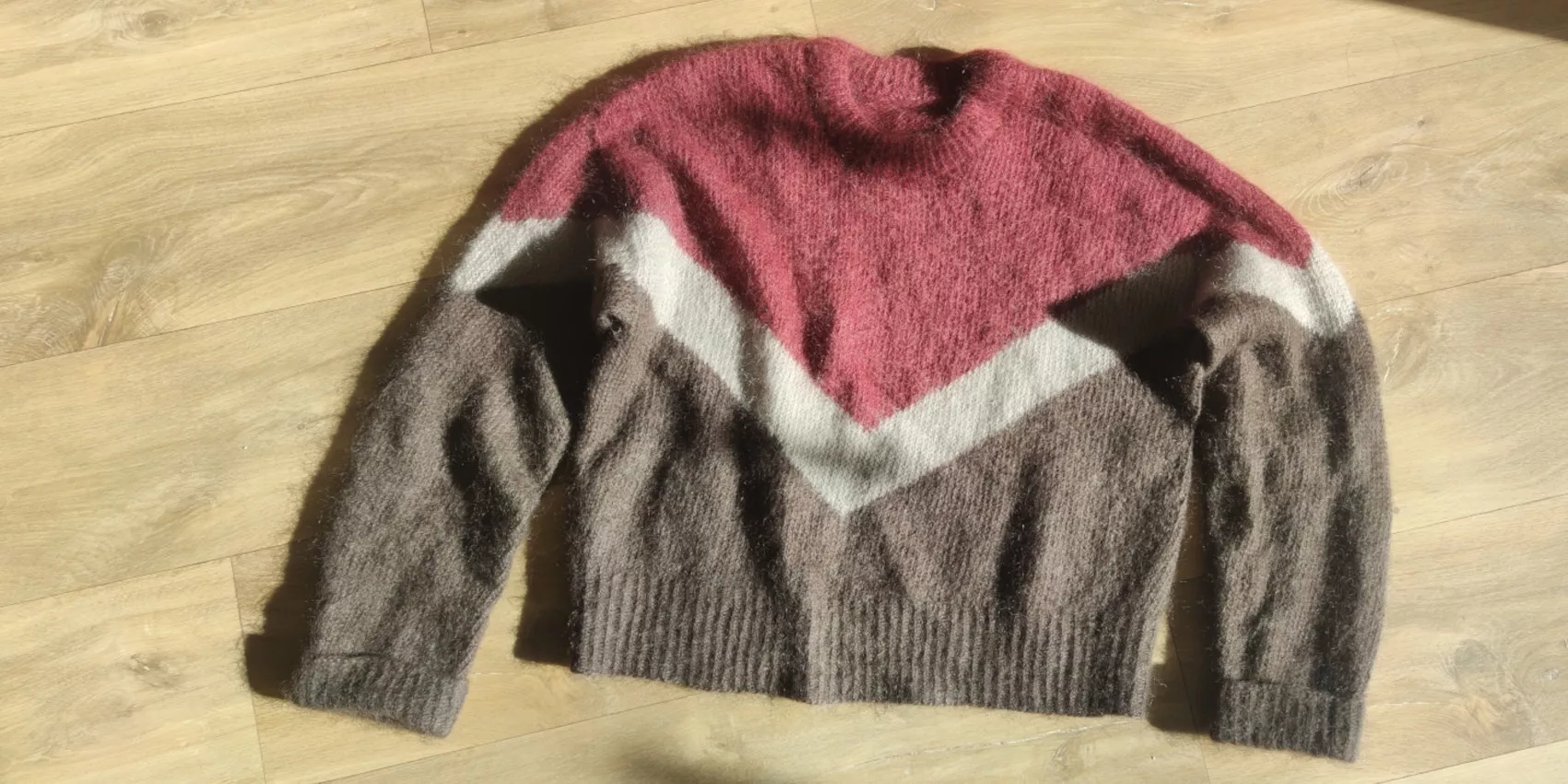Various Methods
Casting on and binding off are crucial stages in knitting.
There are numerous different techniques, each with its own advantages and disadvantages. The choice between these options primarily impacts the visual quality of your knitting finishes and its elasticity, but not only that.
On this page, which I will update gradually, I will present the most common casting on and binding off methods.
I plan to create a YouTube video to illustrate each method. So, each time I post a new technique on my channel, I will detail it and provide the link to the visual tutorial here.
At the end of the article, you will also find a comparative table of the methods to help you decide which one will be most suitable for the objective and effect you are aiming for.
The Casting On Methods
1. Classic or "Long Tail" cast on:
Link to YouTube tutorial: https://youtu.be/r_OoWc0sDoI
This technique is often the one beginners learn when starting knitting. It is the basic method.
It requires not starting the mounting at the end of the thread but leaving a good length of free yarn (about 2 to 3 times the length needed to wrap the number of stitches to be mounted around the needle), hence the name "long tail."
For the theoretical explanation: use the free yarn to create a loop that is slipped onto the needle, bring the free yarn over the needle, and then pass the loop over the needle.
This technique has the advantage of being quite simple to execute and allows for quick mounting. However, its major drawback is requiring two yarns, which is not suitable, for example, for in-progress mounts like stitches of the underarm when circular knitting. You also need to be very careful when preparing the free yarn because if you haven't left enough length, you'll need to start over!
For your information, the version I show you in the video is the classic English-style mounting. It is the technique mainly used for mounting on straight needles. Although it also works perfectly for circular needles, you can opt for the continental version, which is slightly different as it allows you to perform the mounting with one hand, unlike the other. This is simpler for circular needles, which are often shorter. I will likely create a specific video for this method later.
2. Tubular cast on:
To come
3. German cast on:
To come
4. Italian cast on:
To come
5. Turkish cast on:
To come
6. "Judy's magic cast on":
To come
7. Terrifiknits cast on:
Link to the YouTube tutorial: https://youtu.be/EB9qU5As34c(published on april 10th
I have always used this technique that I believe I invented (I have never seen it elsewhere so far). It's THE method I use for casting on stitches while working, when only the yarn from the ball is available.
For the theoretical explanation: we cross the needles, the left needle on top of the right. We wrap the yarn around both needles once, right at the intersection, counterclockwise from bottom to top. Then we make a second wrap, this time around the bottom needle only. A loop has formed on the top needle that we slide over the bottom needle. By pulling the yarn and removing the left needle, we get a loop that will serve as a stitch.
This technique has the advantage of being quite simple to perform once you get the hang of it and allows for quick casting onwithout additional yarn.
Its main drawback, however, is that you need to pay attention to the tension of your work to avoid large holes between stitches. It's not an elastic cast on, but it's perfectly suitable for underarm cast ons, for example.
8. Temporary cast on:
To come
Bind Off Techniques
1. Classic bind off:
Link to YouTube tutorial: https://youtu.be/U5F9_ITJdA8
This technique is taught to beginners. It is the basic method.
It involves knitting two stitches and slipping the first over the second. By doing this for all knitted stitches, you reduce to one stitch at the end of the binding off. Then, use the yarn to pass through the last stitch to complete the binding off.
The advantage of the method is that it is extremely simple and quickly memorized. However, it does not allow for retaining elasticity at the end of the work, which can be problematic, especially for ribs.
Nevertheless, it is the method I use most often because it allows for quickly finishing the work and enjoying the creation!
2. Italian bind off:
To come
Methods Comparator
CASTING ON | |||||
| Complexity | Elasticity | Two Yarns needed | Allows doble knitting | Other | |
| Long tail cast on | Easy | Slight | Yes | No | X |
| Tubular cast on |
|
|
|
|
|
| German cast on |
|
|
|
|
|
| Italian cast on |
|
|
|
|
|
| Turkish cast on |
|
|
|
|
|
| "Judy's magic cast on" |
|
|
|
|
|
| Terrifiknits cast on | Easy | Slight | No | No | X |
| Temporary cast on | |||||
BINDING OFF | |||
| Complexity | Elasticity | Other | |
| Classic bind off | Easy | No | X |
| Italian bind off |
|
|
|



There is no comment yet.
Add a comment